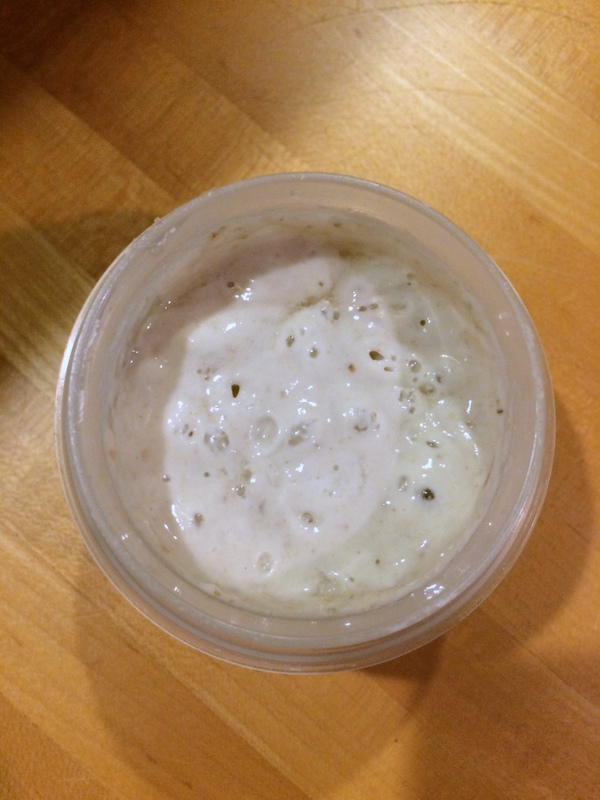
Fig Nut 123 challenge bread

I issued myself a challenge (posted here in the Challenge forum) to see what kind of fun I could have with a simple 123 method sourdough. In other words, 1 part fresh starter, 2 parts water (or other liquid) and 3 parts flour. Also, a customer had asked me to create a 'sweet' version of my Three Friends Levain (Tom[ato], Olive and Rosemary) that she could have with peanut butter and jam. So, a double challenge!
My first version was bread flour and whole wheat flour, 100% hydration fresh levain, chopped Brazil nuts and dried figs, and a bit of cardamom. It turned out very nice, but still needed something. Oh, and just as an aside - I use Brazil nuts because they are about the most environmentally-sustainable tree nuts around. They grow best in an intact rain forest!

I had to try it with my home made nectarine jam, just to check! :)

Good, but still needed a couple of tweaks.
Today's version was much the same, but I toasted the chopped Brazil nuts and added a bit of honey and some poppy seeds.
Here's the formula:
| Bread flour | 225 | 75% |
| Whole Wheat flour | 75 | 25% |
| Water | 200 | 67% |
| Starter | 100 | 33% |
| Honey | 20 | 7% |
| Salt | 6 | 2% |
| Chopped Brazil nuts | 30 | 10% |
| Chopped dried figs | 50 | 17% |
| Poppy seeds | 8 | 3% |
| Ground cardamom (1/2 tsp/loaf) | 0 | 0% |
| 714 | 238% |
The method was pretty basic:
- Mix flours, water and levain and let sit for 30 minutes
- Add salt and add-ins and mix [note, I mixed this in the big Univex mixer (Max) because I actually made six loaves today; you can mix and develop the dough in other ways]
- Stretch and fold every 30 minutes over the next couple of hours, until the dough is strong, stretchy and springy
- Leave in a cool basement to bulk ferment overnight [in the morning the dough had nearly tripled in volume and was beautiful - soft and jiggly but with a nice dome on it and still a lot of strength]
- Bench, scale and pre-shape
- Shape and let proof for about an hour
- Load onto peels, then into hot stones (475F) with steam. After 5 minutes, turn heat down to 425F. Turn loaves after 15 minutes, then bake for another 15 to 20 minutes. Internal temperature around 205F

It looks a little rough at the pre-shape stage but was actually beautifully strong and springy.

You can see how nice and taut the shaped dough ended up.

Slashed and ready to load.

Very nice oven spring and burst, and a lovely colour on the crust.


The crumb is divine - very moist and chewy, and the flavour is now everything I was looking for.
So, over to you! See the 123 challenge on the Challenge forum for details... :)






























